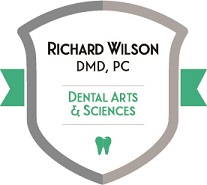Detecting Oral Cancer
2017
49,000
10,000
What are those numbers?
Forty-nine thousand is the number of new cases of oral and pharyngeal cancer in the U.S. in 2017, and ten thousand is the number of deaths from oral and pharyngeal cancer in the U.S. in 2017.
Oral cancer is one of those forms of cancer which is actually quite treatable when detected early–and often lethal when detected late. Early treatment may mean simple surgical excision. Treatment of oral cancer detected late may include chemo, radiation and radical disfiguring surgery. The difference between “early” and “late” detection is measured in months, maybe even in weeks.
Oral cancer prevalence is on the rise too. This is largely due to the HPV virus. In any event, oral cancer isn’t just for heavy smokers anymore.
Self-examination is tough on this one. How well can we ever see into the back of our own mouths, or under our tongues? It is therefore best to have a dentist perform an oral cancer examination at every six month recall visit.
Even so, it’s still best to know what to look for. Oral cancer rarely hurts. It often presents as a red patch, a white patch, or a red and white patch. Sometimes it starts as a little white dot. If you see anything in your mouth that looks unusual and doesn’t hurt–go.
To summarize, the safest way forward is:
Have an oral cancer examination by your dentist every six months. In between, if you see anything unusual in your mouth, have it checked. Right away.
Early is Everything.
My Owner’s Manual concludes with a final thought–
http://www.smilephiladelphian.com/a-final-note-on-dental-pain/
